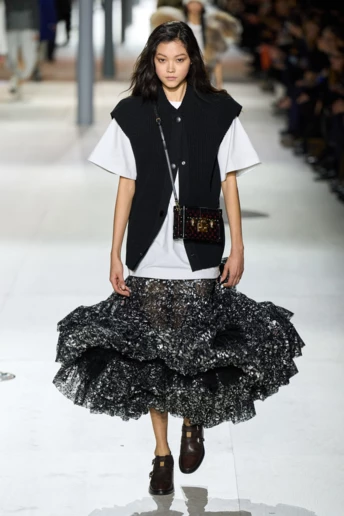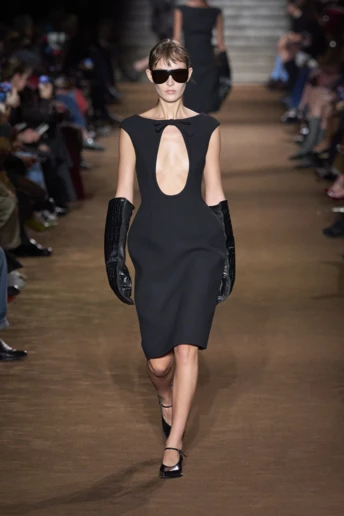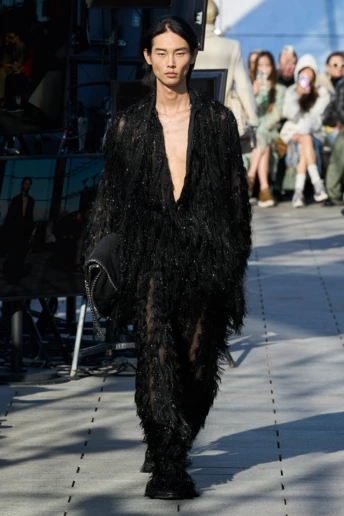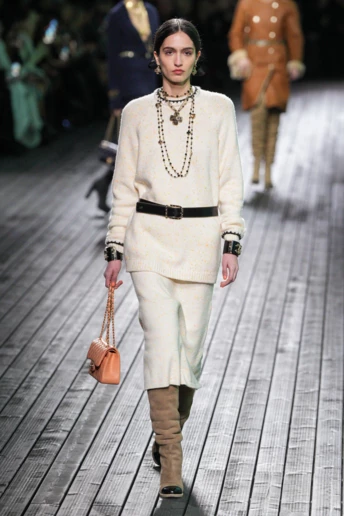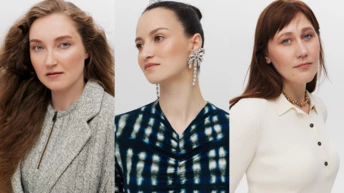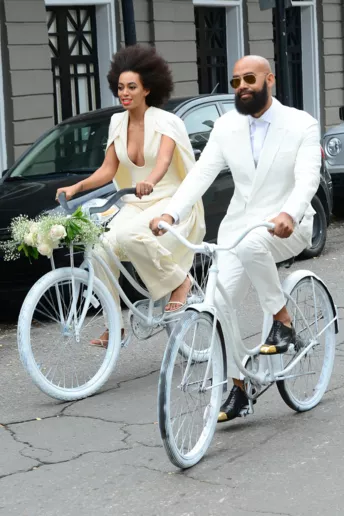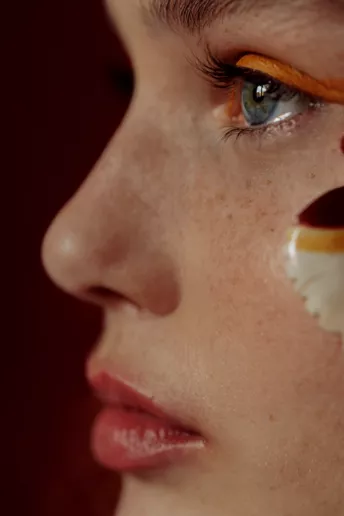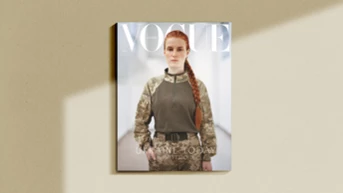

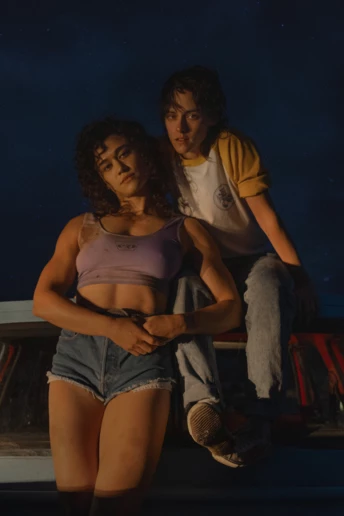
Проти течії: Крістен Стюарт — про роботу над фільмом "Любов, брехня та кровопролиття"
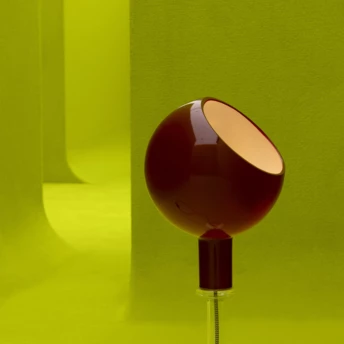
Наймодніші події Міланського Тижня Дизайну
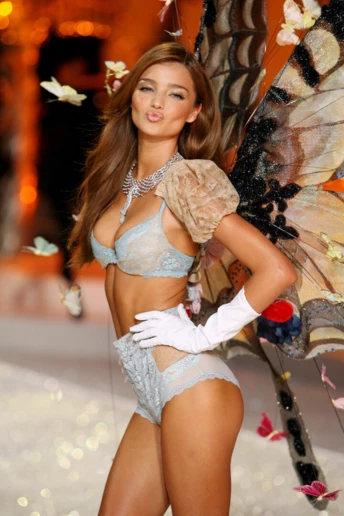
Найкращі виходи супермоделі Міранди Керр для Victoria's Secret
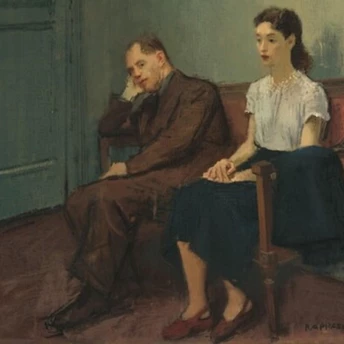
Власний досвід: як відмовитися від макіяжу і полюбити себе
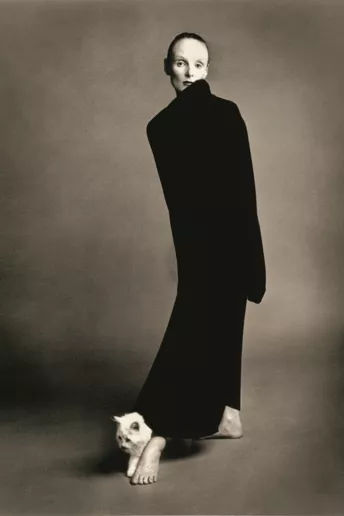
Життєва мудрість: Грейс Коддінґтон про моду і життя
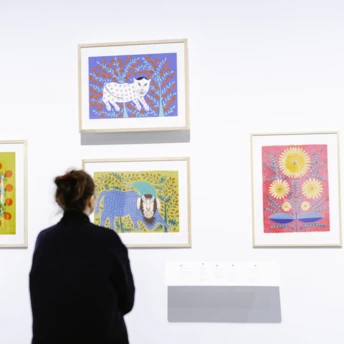
Тигр у саду: у Варшаві проходить виставка робіт Марії Примаченко
Не слідуй за модою — відчувай її
Підписатися
МОДА

Наймодніші події Міланського Тижня Дизайну

Найкращі виходи супермоделі Міранди Керр для Victoria's Secret

Життєва мудрість: Грейс Коддінґтон про моду і життя
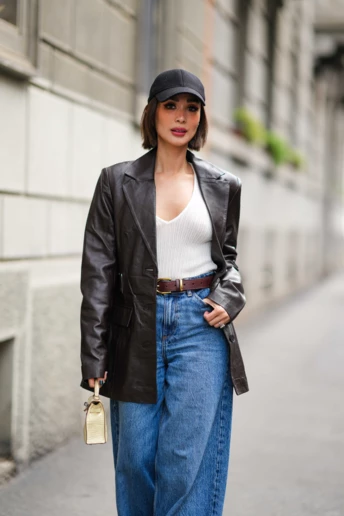
Streetstyle: наймодніші головні убори весни-літа 2024
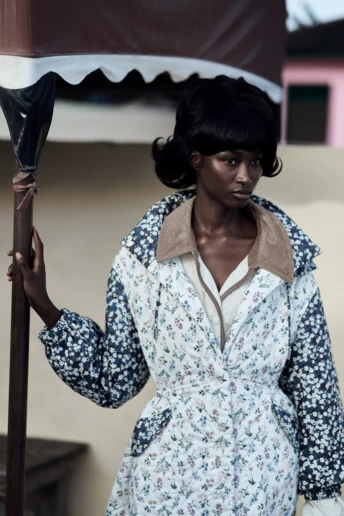
Український бренд IENKI IENKI представив нову колекцію та її кампанію, зняту в Гані
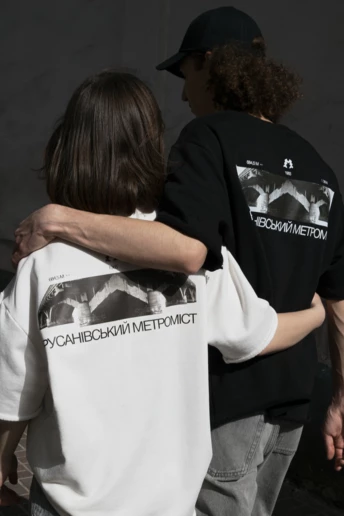
SupportbyPoustovit представив дроп, присвячений мостам Києва
Нові колекції
Новини культури

Проти течії: Крістен Стюарт — про роботу над фільмом "Любов, брехня та кровопролиття"

Тигр у саду: у Варшаві проходить виставка робіт Марії Примаченко
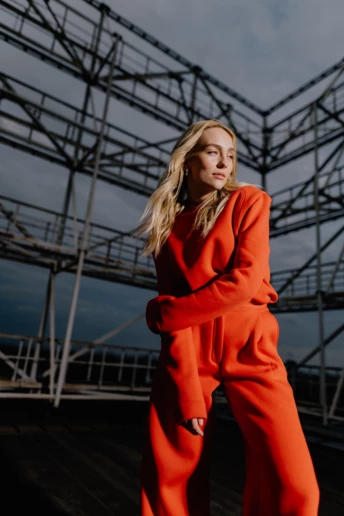
"Сміливі мають щастя": нова пісня ROXOLANA відсилає до творчості Багряного
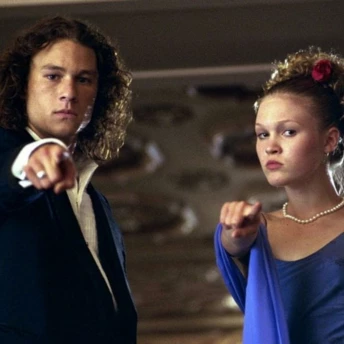
Найкращі модні моменти у фільмі "10 речей, які я в тобі ненавиджу"

На Ірпінському ліцеї встановили сонячну станцію із системою зберігання енергії
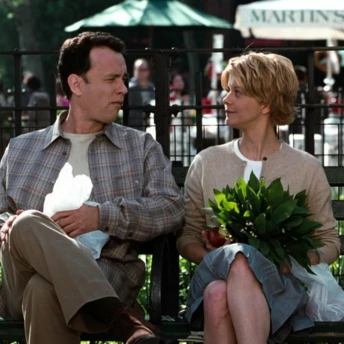
5 красивих фільмів з весняним настроєм
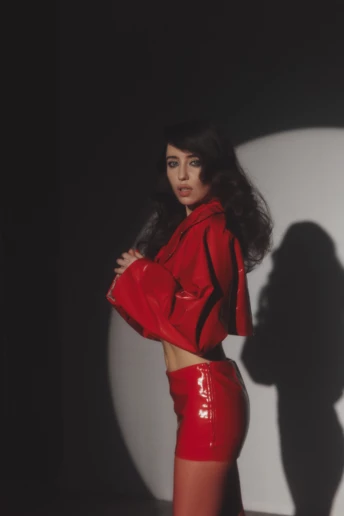
Наївний символізм і стилістика 1980-х у новому кліпі DOROFEEVA
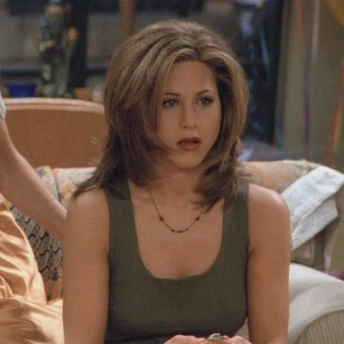
Дослідження свідчать: 20—30 років — найгірший вік дорослого життя
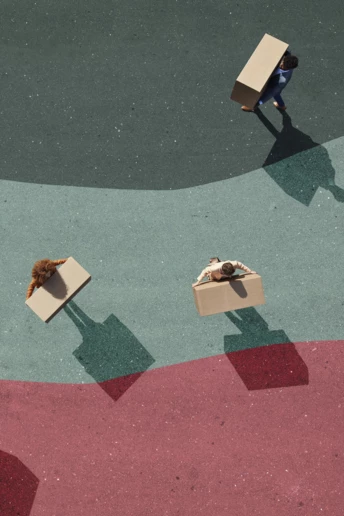
West Business Hub підбили підсумки проєкту релокації українського бізнесу
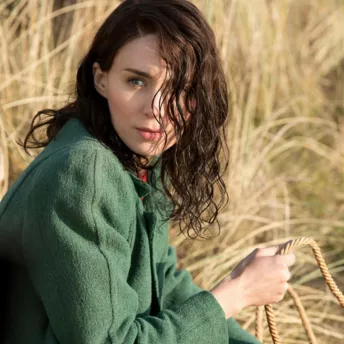
5 чудових фільмів з Руні Марою, які варто переглянути
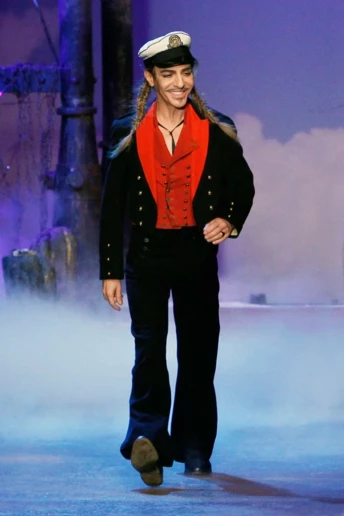
Що потрібно знати про документальний фільм про Джона Гальяно
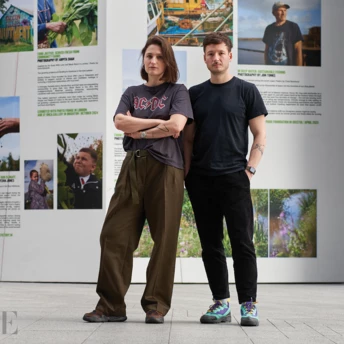
Яким буде національний павільйон на бієнале у Венеції: розповідають куратори та митці
Відео
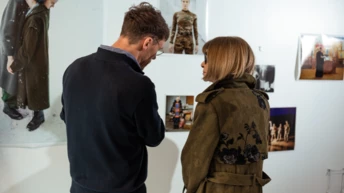
Як пройшов Vogue Ukraine Showcase 2024 у Парижі
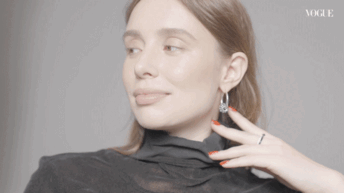
"Будь любов’ю": героїні Vogue — про почуття до країни, професії та близьких у проєкті Vogue UA та Pandora
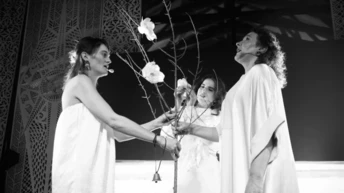
Як пройшла презентація зимового числа Vogue Ukraine Edition
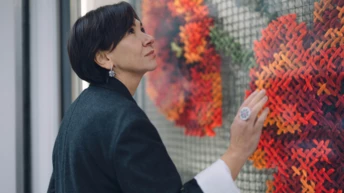
Сила традицій: засновниця бренду OBERIG Тетяна Кондратюк — про прикраси, що оберігають

Vogue Styling Guide: зимові образи для мінімалістів від Ніки Гук
Більше відео



